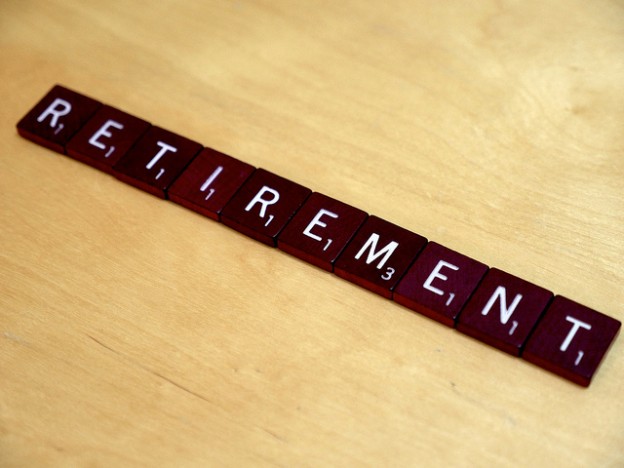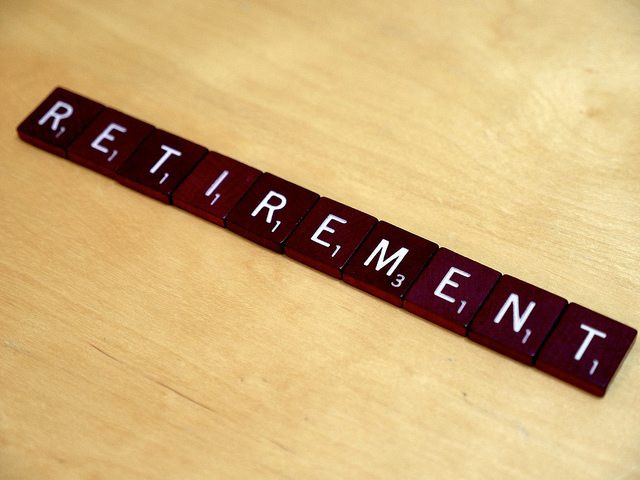Taxes You Could Face In Retirement

As nice as it would be to have no income taxes in retirement, this is not the case. Income taxes will still be something you will need to deal with every year, but the amount you pay may be different. To a certain portion, you will face taxes for your Social Security benefits, federal annuity, and withdrawals from your Thrift Savings Plan (TSP).
The tax that you will not have to worry about in retirement is payroll tax. This is because these taxes are deducted from your wages to financial benefits in the future. When you are liable to pay payroll taxes, you are paying 6.2% for Social Security tax and 1.45% for Medicare tax.
Another deduction you will not see from your earnings while you are a retiree is the contributions to your work pension. A majority of those that are under the Federal Employees’ Retirement System (FERS) pay 0.8% towards their pension, while special category workers, which include first responders pay 1.3% into their pension plans.
Employees under FERS would have a higher contribution rate if they were employed on the 1st of January, 2013, or at a later date.
Those under the Civil Service Retirement System (CSRS) mostly contribute 7% to their pensions. The special category employees pay 7.5%.
A CSRS-Offset employee will contribute the same rate as those under FERS.
All earnings in retirement will be taxed as ordinary income.
When it comes to your federal pension, you will not pay taxes on the portion you contributed as they were after-tax dollars. The taxes you will pay for your pension income are the contributions the government paid, which were non-tax dollars as well as the earnings made from the government’s and your contributions.
The government pays 7% to 7.5% for employees under CSRS. For those under FERS or CSRS-Offset, the amount the government pays tends to be at a different rate every year as they depend on Treasury returns.
As of late, this contribution rate has been more than 13% for workers under FERS.
This is why the government views their contributions as you rearing your after-tax money and more, which is why other aspects of your pension will be taxed.
What is handy when it comes to paying taxes on your pensions is that the Office of Personnel Management provides you information on what portion of your income is taxable and what will be considered as a return on what you’ve already paid taxes on. This information can be found on your 1099-R that is mailed to you every year in January.
To determine how much of your pension is taxable depends on how much you contributed and the age you are when you claim retirement.
So how is your income tax withheld from your pension earnings? That is up to you when you receive your W4-P Form along with your papers for retirement.
When it comes to Social Security benefits, these were not taxed until 1987. Only up to 50 percent of your SS Payments could be taxed from 1987 to 1993. Up to 85 percent has been allowed to be taxed since 1993.
How much of your Social Security benefits can be taxed depends on your combined income, which consists of 50 percent of your annual Social Security payments and any other taxable income. Some non-taxable income may be considered, such as tax-exempt income.
Your combined income is then looked at against set limits for tax filers that are single or filing jointly. These thresholds have not been adjusted for inflation since the creation of these limits in 1986.
For single filers, if they have an income of $25,000 or less, they will be exempt from having their Social Security payments taxed at the Federal level. For those that have at least an income of $25,000 to $34,000, up to half of their benefits can be taxed. Any income over $34,000 will have 85 percent of their Social Security benefits taxed.
When it comes to federal income taxes being withheld from your SS benefits, you would have to request that they are taken out of your payments if you wish for them to do so. You can do this on the W-4V Form as well as stated how much you wish to be taken out. You would do this when you enroll in your Social Security benefits.
For many, having your taxes taken out of your payment tends to be much easier than having to pay the amount when it comes time for you to file your returns.
When it comes to distributions from your traditional TSP, these are considered to be completely taxable.
For Roth TSP, your qualified withdrawals are exempt as your contributions to the account were used with after-tax dollars. To have your withdrawals considered qualified, you need to be the minimum age of 59nand a half years old when you make the withdrawal, and your Roth TSP must be at least five years old. If you make a nonqualified withdrawal, the portion that comes from earnings will be liable to taxation.
Participants that have both traditional and Roth TSP must be cautious if their withdrawals from their Roth balance will not be considered qualified. If their Roth account withdrawals are not qualified, they will want to ensure they take out their withdrawal from their traditional TSP. If the participant does not specify where the money should be taken from, the money will be taken out of both accounts proportionally, which will make the Roth earnings from the withdrawal taxable.
Since the TSP is a federal workplace retirement program that is tax-deferred, any premature or delayed withdrawals may have penalties attached.
For federal employees that leave their job the year, they turn 55, or if they are older, there will be no 10 percent tax penalty for early withdrawals. Those that considered a special category employee can be exempt from this penalty if they leave their position at age 50.
More information about other kinds of penalty exemptions for your TSP is listed under “Tax Information: Payments from Your TSP Account” on the TSP web page.
Those that leave their federal post the year they turn 50 or 55, respectively, they are not liable to penalty of they select monthly distributions that are calculated from the Internal Revenue Service’s life expectancy table and have the payments continue until they are 59 and a half or receive the payments for five years, whichever will take longer will be selected. Another way to qualify is if they buy a TSP annuity.
A majority of retirement contribution plans, such as the TSP, have a 50 percent penalty tax for not taking a required minimum distribution when you turn 72. Up until the beginning of this year, the age limit was 71 and a half. However, the TSP has rules that safeguard most of its participants from getting hit with this penalty, which is half the amount that should have been withdrawn but was not.
For federal workers that continue to work past the age of 72 do not have to start taking RMDs until they retire.
Those that start taking their RMDs may make the mistake of not taking out enough from their TSP balance. If that happens, the TSP will send an invoice for the remaining amount before the end of the year so that you can take out the full required amount.
If you are retired and did not start taking your RMD, the TSP will send you information on how much. Ust be withdrawn from your account before the deadline at the end of the year.
Also, keep in mind that though Roth IRAs do not need to have RMDs withdrawn, the Roth TSP does.
When it comes to how taxes will be withheld from your TSP distributions, this depends on how you intend to withdraw from your balance.
The publication “Tax Information: Payments from Your TSP Account” from the TSP is updated each year and provides a table with data on how each withdrawal method is treated for taxes along with what the withholding rate will be if the amount is not specified. Usually, the default withholding rate is not enough to take care of the taxes owed, so you may want to have more money deducted for it.
Along with federal taxes, many states have state income taxes on retirement earnings such as your pension, Social Security benefits, IRA withdrawals, and TSP distributions. Be sure to do your research about taxes in the state that you plan to retire in so that you can be aware as to what kind and how much you might have to pay.





